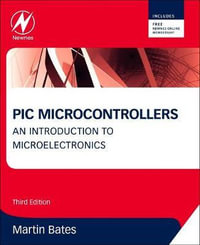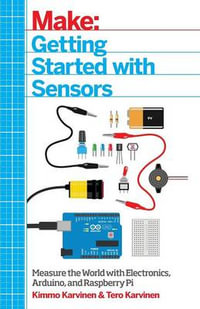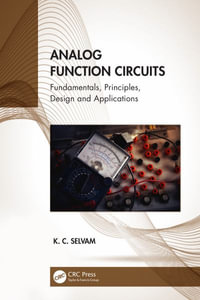
The gm/ID Methodology, a sizing tool for low-voltage analog CMOS Circuits
The semi-empirical and compact model approaches
By: Paul Jespers
Paperback | 3 May 2012
At a Glance
Paperback
$197.38
Aims to ship in 7 to 10 business days
ISBN: 9781461425052
ISBN-10: 1461425050
Series: Analog Circuits and Signal Processing
Published: 3rd May 2012
Format: Paperback
Language: English
Number of Pages: 188
Audience: Professional and Scholarly
Publisher: Springer Nature B.V.
Country of Publication: US
Dimensions (cm): 23.39 x 15.6 x 1.02
Weight (kg): 0.27
Shipping
| Standard Shipping | Express Shipping | |
|---|---|---|
| Metro postcodes: | $9.99 | $14.95 |
| Regional postcodes: | $9.99 | $14.95 |
| Rural postcodes: | $9.99 | $14.95 |
How to return your order
At Booktopia, we offer hassle-free returns in accordance with our returns policy. If you wish to return an item, please get in touch with Booktopia Customer Care.
Additional postage charges may be applicable.
Defective items
If there is a problem with any of the items received for your order then the Booktopia Customer Care team is ready to assist you.
For more info please visit our Help Centre.
You Can Find This Book In
This product is categorised by
- Non-FictionEngineering & TechnologyElectronics & Communications EngineeringElectronics EngineeringCircuits & Components
- Non-FictionComputing & I.T.Computer ScienceComputer Architecture & Logic Design
- Non-FictionSciencePhysicsMaterials & States of Matter
- Non-FictionScienceChemistryAnalytical ChemistryChromatography
- Non-FictionScienceChemistryAnalytical ChemistrySpectrum Analysis
- Non-FictionEngineering & TechnologyElectronics & Communications EngineeringElectronics EngineeringElectronic Devices & MaterialsSemi-Conductors & Super-Conductors
- Non-FictionComputing & I.T.Computer HardwareMainframes & Minicomputers






















